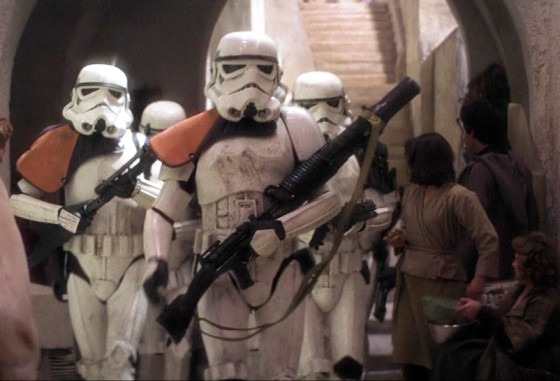
“The C-47 was the primary carrier of American and British airborne troops during World War Two.”
WHEN HE WROTE his memoir of World War Two, titled Crusade In Europe, General Dwight Eisenhower, Supreme Commander of Allied Forces in Europe, credited the bulldozer, the two-and-a-half-ton truck, the Higgins boat landing craft and the Douglas C-47 Skytrain transport aircraft with enabling the Allies to gain the final victory.
The C-47 was indeed a war-winning machine. More than 10,000 of the versatile, twin-engine transport planes, capable of carrying men and equipment, were produced during the war.

A military modification of the civilian Douglas DC-3 passenger plane that first flew in 1935, the C-47 was the primary carrier of American and British airborne troops during World War Two. The first C-47s were delivered to the U.S. Army Air Forces in September 1941, and other aircraft types were rapidly phased out of airborne operations.
The C-47 was capable of carrying up to 18 combat-loaded paratroopers or a two and one-half to three-ton cargo payload. The 75mm pack howitzer was the heaviest weapon it could transport, and subsequently this versatile gun became the standard issue of American airborne artillery units.

The four-man crew of pilot, co-pilot, navigator, and radio operator appreciated the ease of flying and maintaining the C-47, which the British referred to as the Dakota.
It could sustain heavy combat damage and remain aloft.
It was capable of taking off with a full load from an unpaved runway only 3,000 feet (900m) long.
With supplemental fuel tangs topped off, its range was an impressive 1,500 miles (2,400km). Although it was a slow aircraft, with an average cruising speed of only 150 miles per hour (240km/h), it was capable of dropping to 110 miles per hour (175km/h) and maintaining altitude during an airborne operation, allowing paratroopers to jump from a stable platform.

The fuselage door was seven feet (2m) wide, which facilitated the quick exits for combat-loaded troopers. Limited numbers of the C-53 transport, a variant of the C-47 that was not configured to carry cargo, were also built during World War II.
Although only slightly more than 500 C-47s and C-53s had been delivered to the U.S. military by August 1942, by the following year, American industry was producing more than 100 a month, finally alleviating a shortage in transport aircraft.
 Excerpted from THE AIRBORNE IN WORLD WAR II: An Illustrated History of America’s Paratroopers in Action by Michael E. Haskew. Copyright © 2016 by Amber Books Ltd and reprinted by permission of Thomas Dunne Books, an imprint of St. Martin’s Press. Watch for more excerpts from the book on MHN in the coming weeks.
Excerpted from THE AIRBORNE IN WORLD WAR II: An Illustrated History of America’s Paratroopers in Action by Michael E. Haskew. Copyright © 2016 by Amber Books Ltd and reprinted by permission of Thomas Dunne Books, an imprint of St. Martin’s Press. Watch for more excerpts from the book on MHN in the coming weeks.










The photo from Fort Benning seems to show 19 or 20 paratroopers getting onto an 18 passenger aircraft. And there’s a dog seeing them off also, but he’s not wearing a ‘chute.
Most likely they are Instructors